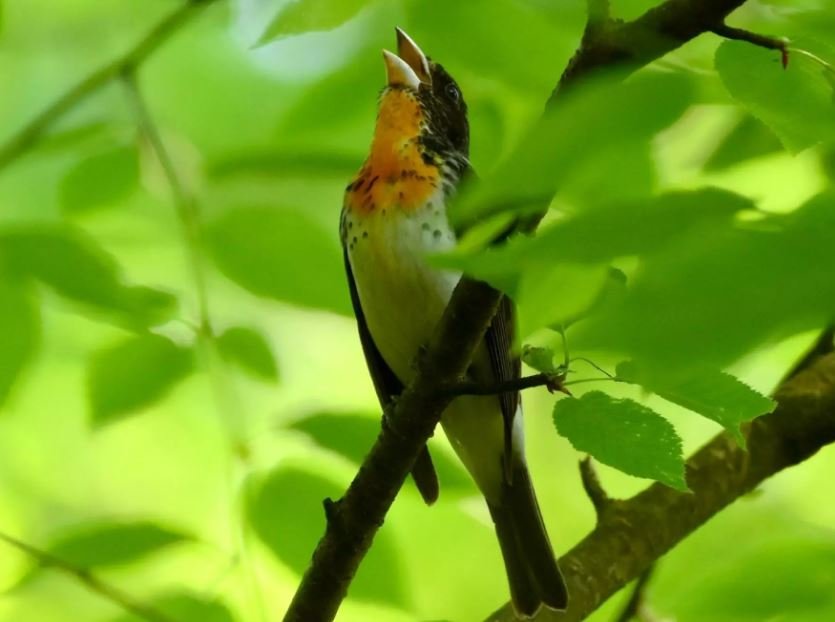Following in the flight path of Flaco the owl, a peacock escaped from the Bronx Zoo this week and spent the night hanging out in the city, then (unlike Flaco) returned to its confines the following day. As the New York Times reported, rather ominously, “the Fire Department did not confirm reports it had bitten someone.”
Hi.
Welcome to my blog.





















